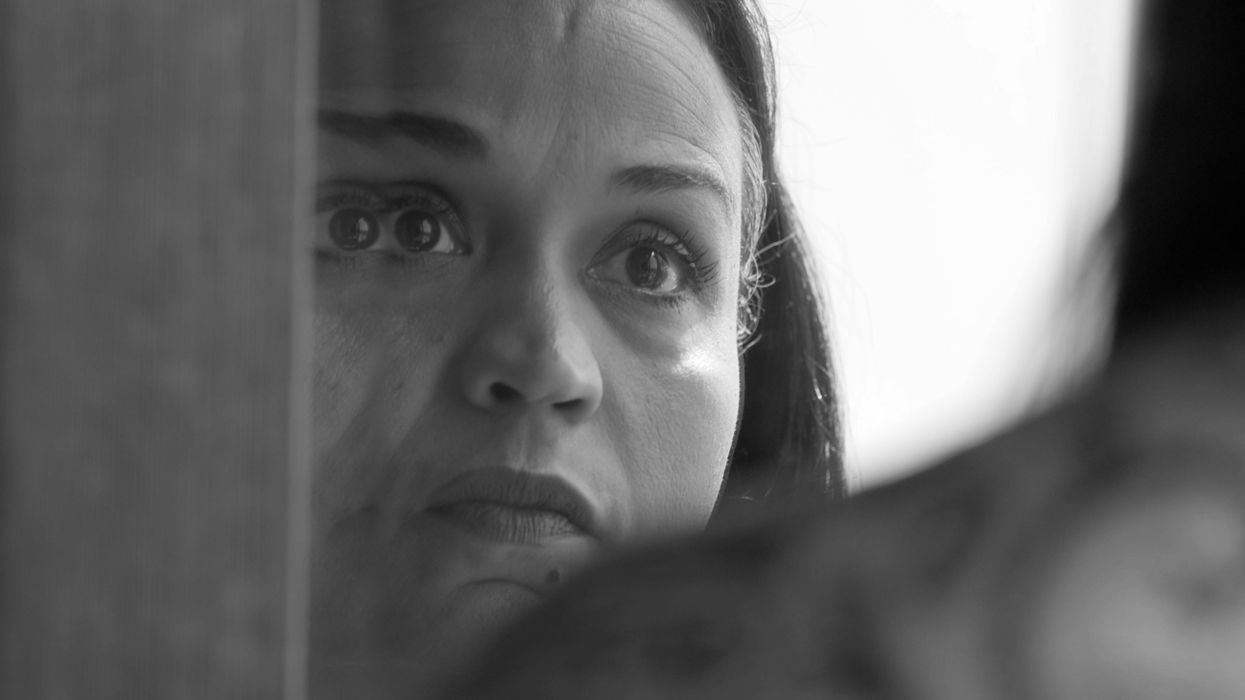Create a Visual Language in Your Documentary with These Three Elements
Shooting a documentary can be unpredictable, but there are three things you can always control.

Documentaries have the power to move audiences, no matter where you are in the world. What is unique about a documentary is its ability to be cinematic while still capturing the soul of its subject in a pure and raw form. Digital cameras are smaller and cheaper now with camera sensors that provide better quality. It is now possible for documentary filmmakers to shoot in ways that were once impossible, allowing for documentary cinematographers to create images with solid visual coherence.
The form is often uncontrollable, which makes filming a cinematic documentary a challenge at times. Although there are challenges, the cinematographer needs to make a plan on how to shoot before pressing the record button. The goal of the cinematographer is to capture the mood that supports the story.
In Depth Cine believes that it is important to establish three practical elements—framing, lighting, and camera movement—to simplify the visual decision making. Check out their full-length video here.
Framing
Documentaries are pretty uncontrollable compared to other kinds of filmmaking. While a cinematographer may not always have control over lighting or camera movement, the cinematographer can always decide how a shot is framed.
The biggest decision a cinematographer can make is how to frame the shot. How the shot is framed will decide how the audiences view the story through a set perspective.
The information the cinematographer chooses to place in the frame is always a choice that impacts the overall tone of the documentary. Anything outside of the frame ceases to exist. Any choice made from wide shot to tight shot and everything else in between will elicit specific emotions from the audience as they watch the documentary unfold.

Lighting
The point of a documentary is to capture reality. Natural lighting is the most important lighting when it comes to shooting, and it is important to know how to work with the natural lighting in the space where the cinematographer is shooting.
A documentary cinematographer’s biggest ally is location scouting. Check out where the natural lighting is coming from in the space and how it changes throughout the day. Ask if the moment being filmed will need to have a certain level of depth or flatness to it. Can the light be manipulated by blocking half a window with a curtain or by using the lights as a backlight to capture a dynamic silhouette of the subject?
It is always a bonus to know how the lighting will look in a space before shooting.

Movement
Unfortunately, there will never be enough funding for a documentary. When working with a tight budget, the cinematographer must consider how they will balance practicality with a visual approach that works for the film.
A common mistake many cinematographers make when thinking about camera movement is asking which way the camera should move rather than when the camera needs to move.
A camera locked off on a tripod can be as interesting and visually appealing as a handheld camera manically chasing after a subject. Although they are different approaches, they create a mood and atmosphere that can fit the documentary. Whatever the movement or lack of movement for the documentary is, it should aid in creating a mood that fits the overall theme of the documentary’s subject.

Have a plan
Just like any film project, thinking of an aesthetic plan before shooting will make the shooting process so much easier and save the cinematographer from a massive headache. Trust me.
Always have a conversation going with the director of the shoot—even if you are the director and cinematographer—and talk about the vision of the project. What is the direction the film is going, and how can you manipulate the frame, lighting, and movement to achieve that goal? Talk out what the story is, who the characters are, themes, references, and the practicality of moving around gear. All of these little details will help establish a practical visual approach to the documentary.

Ask yourself how you can make each shot better. Push yourself as a cinematographer to only capture the best shots. Be bold and pay attention to the details that will make the documentary stand apart from the rest.
Do you have any tips to share with aspiring documentary cinematographers? Put them in the comments below!
Source: In Depth Cine











